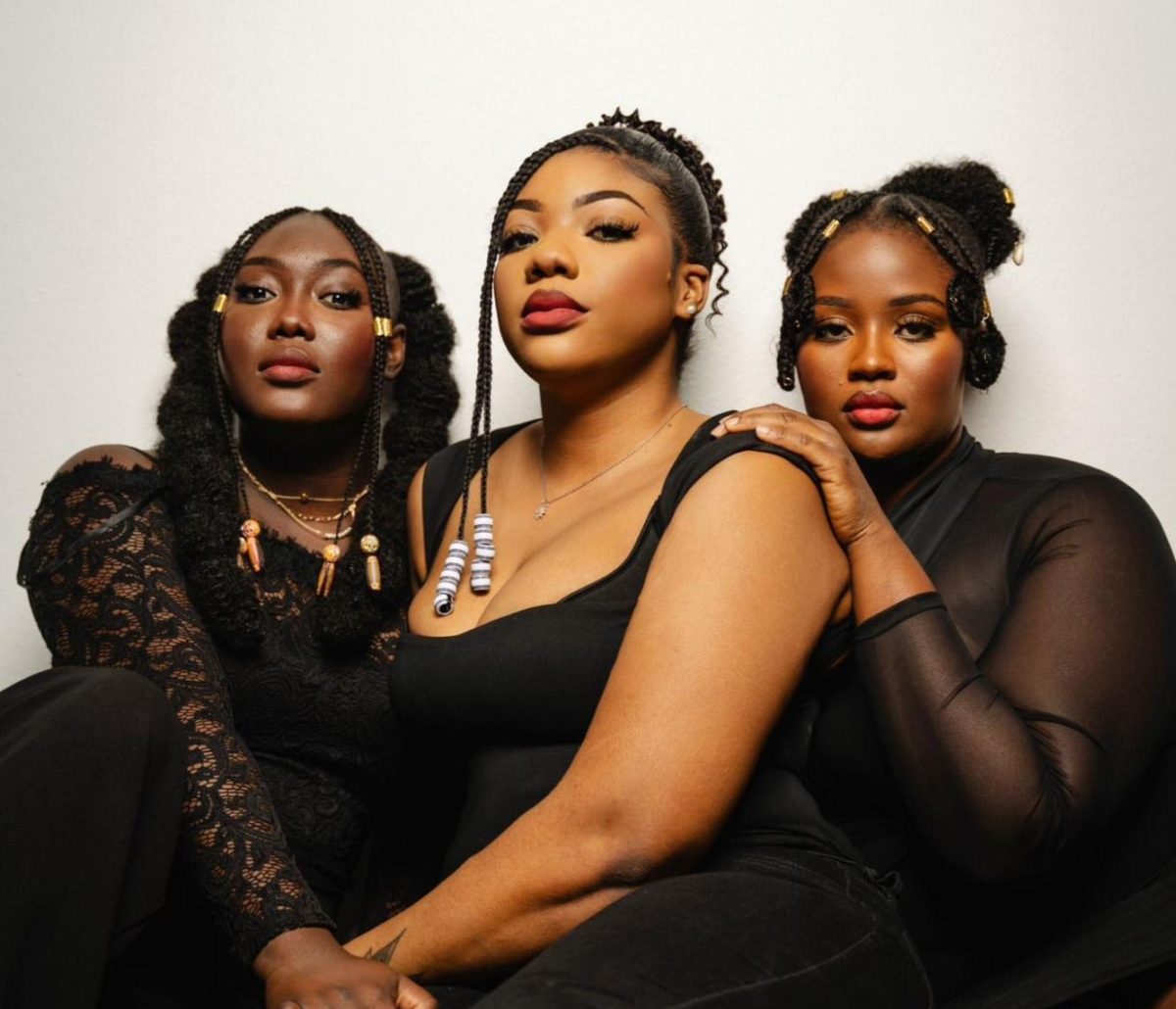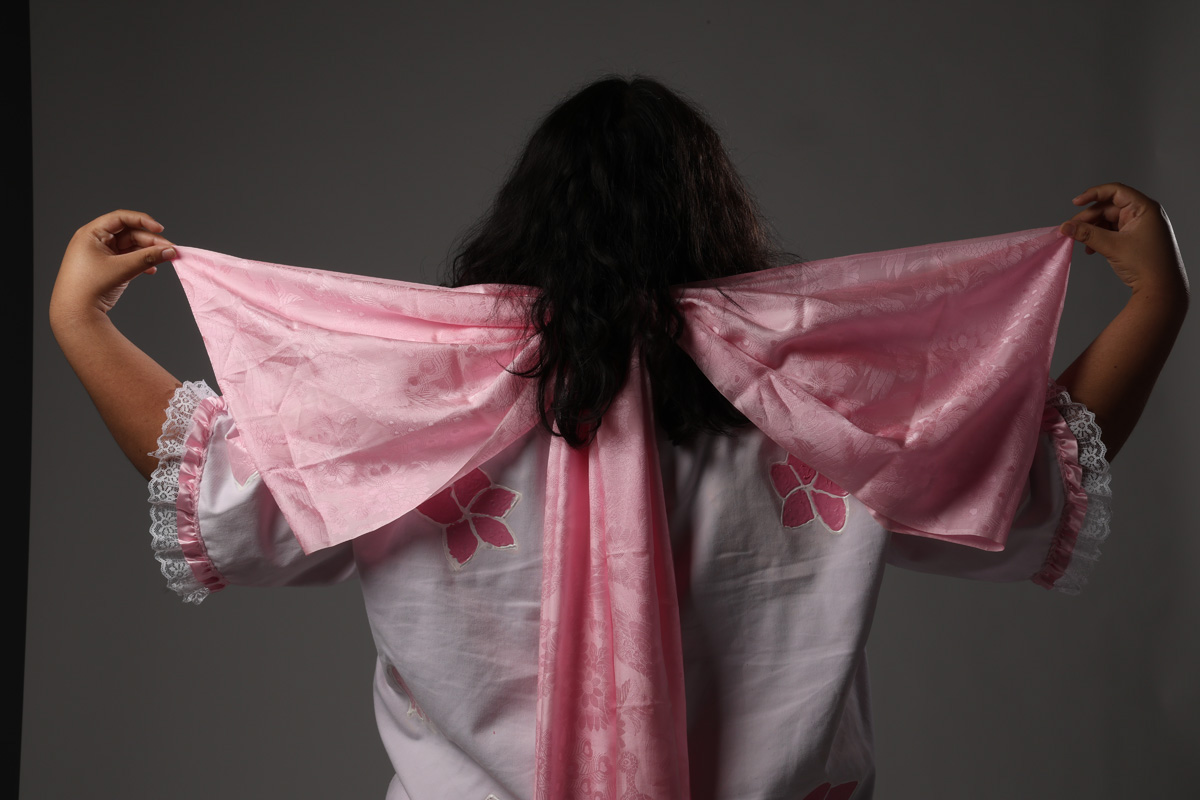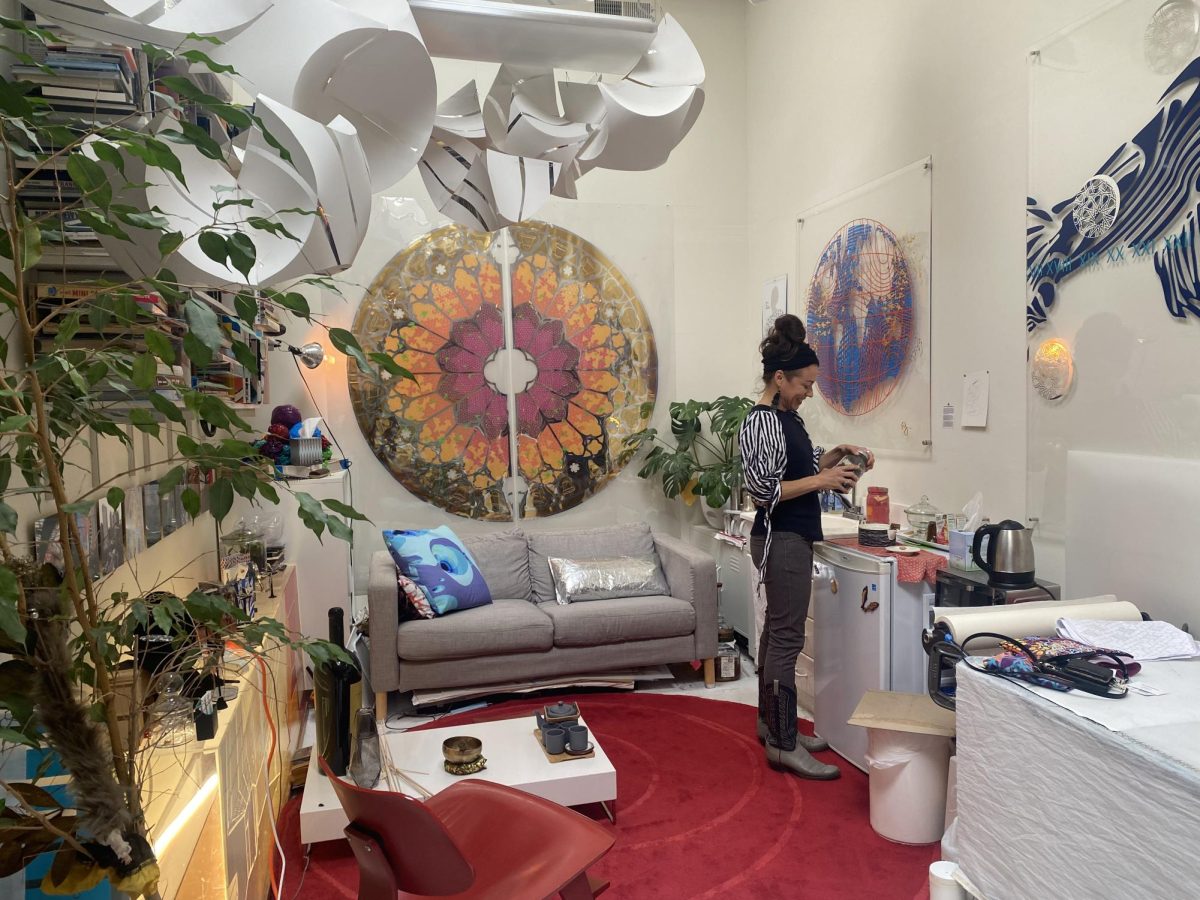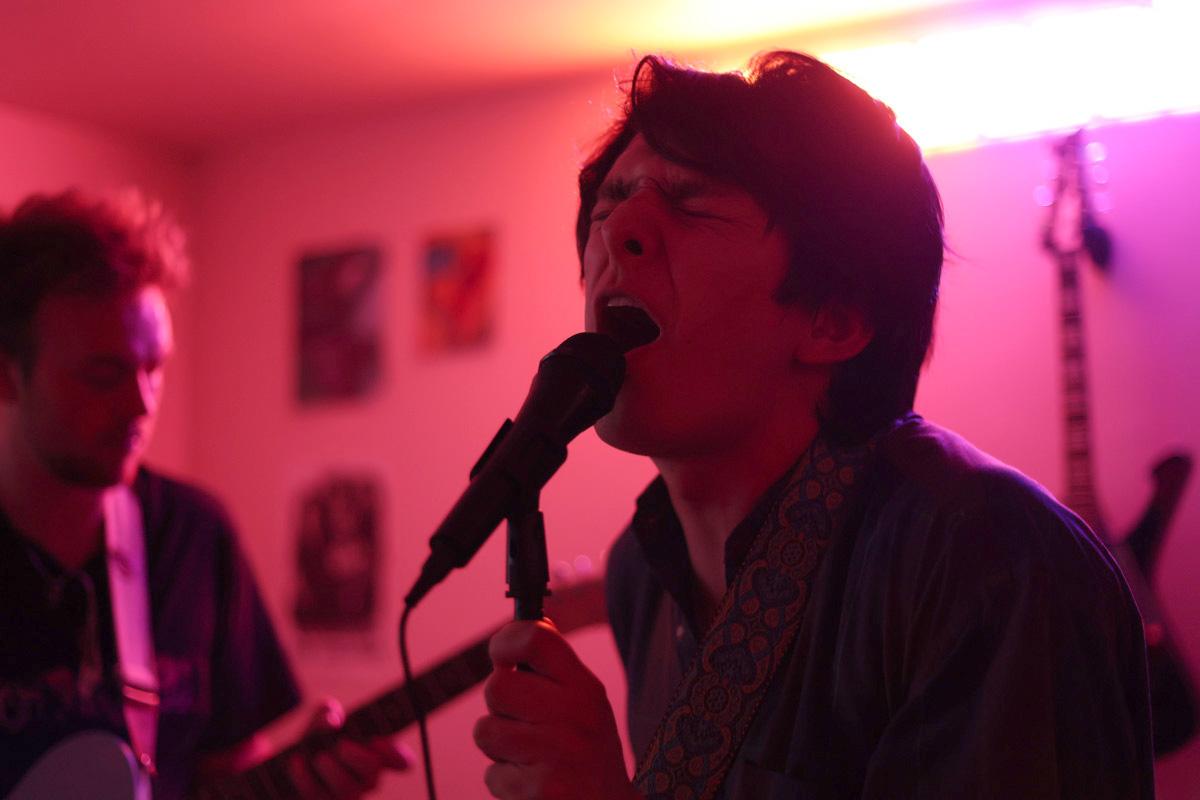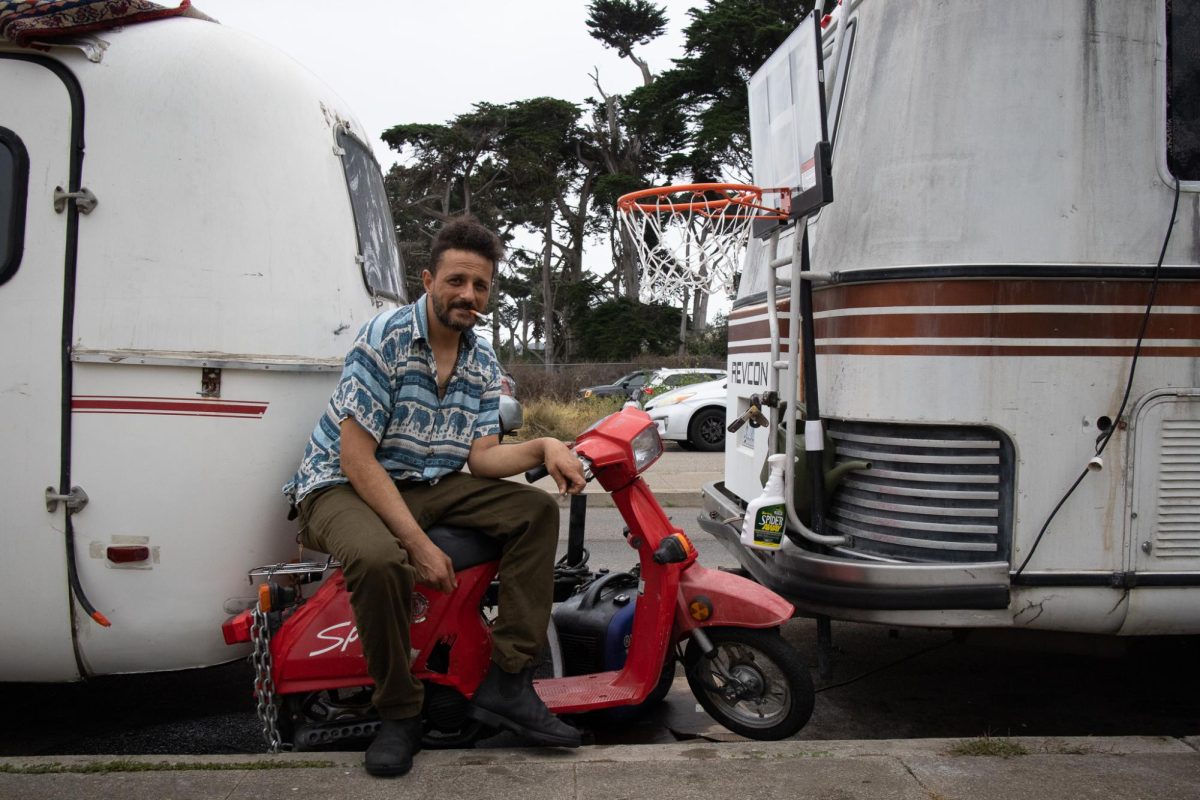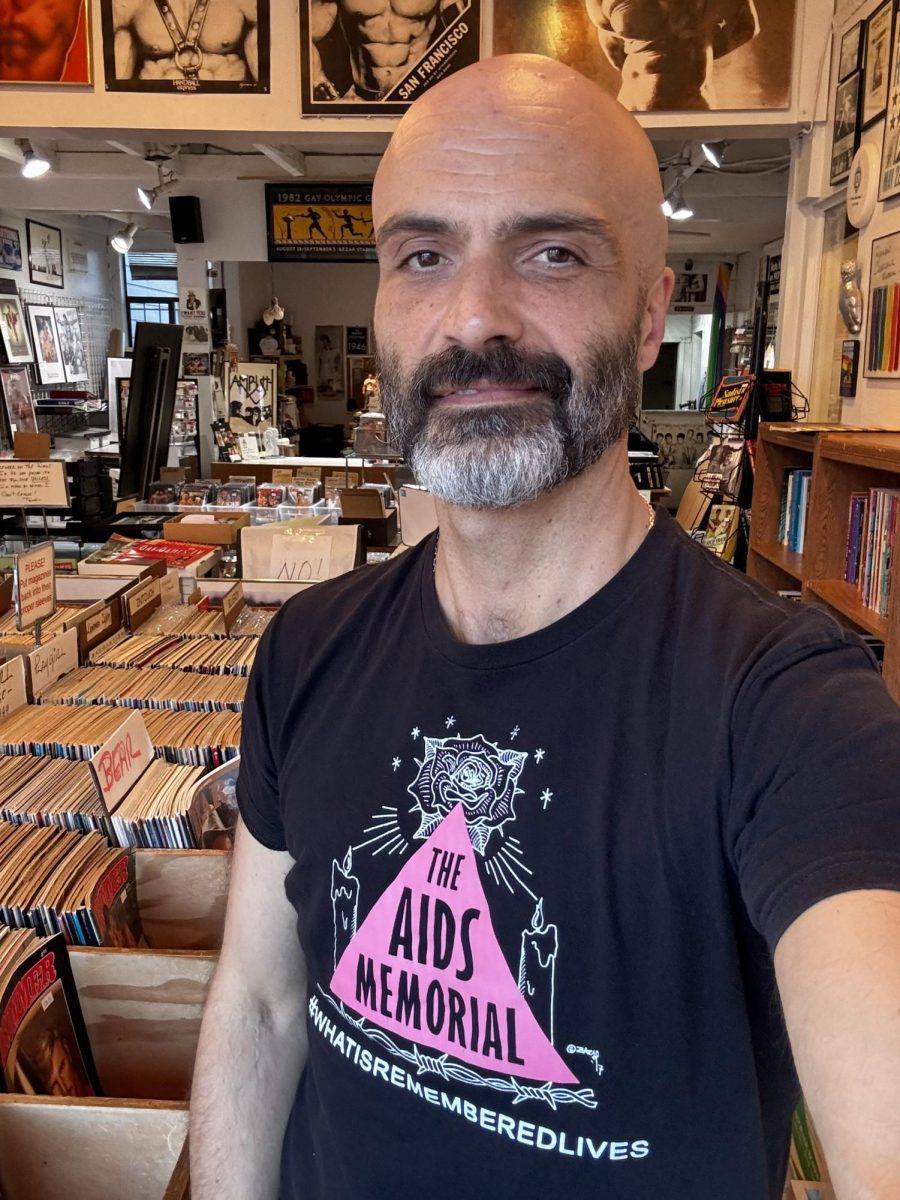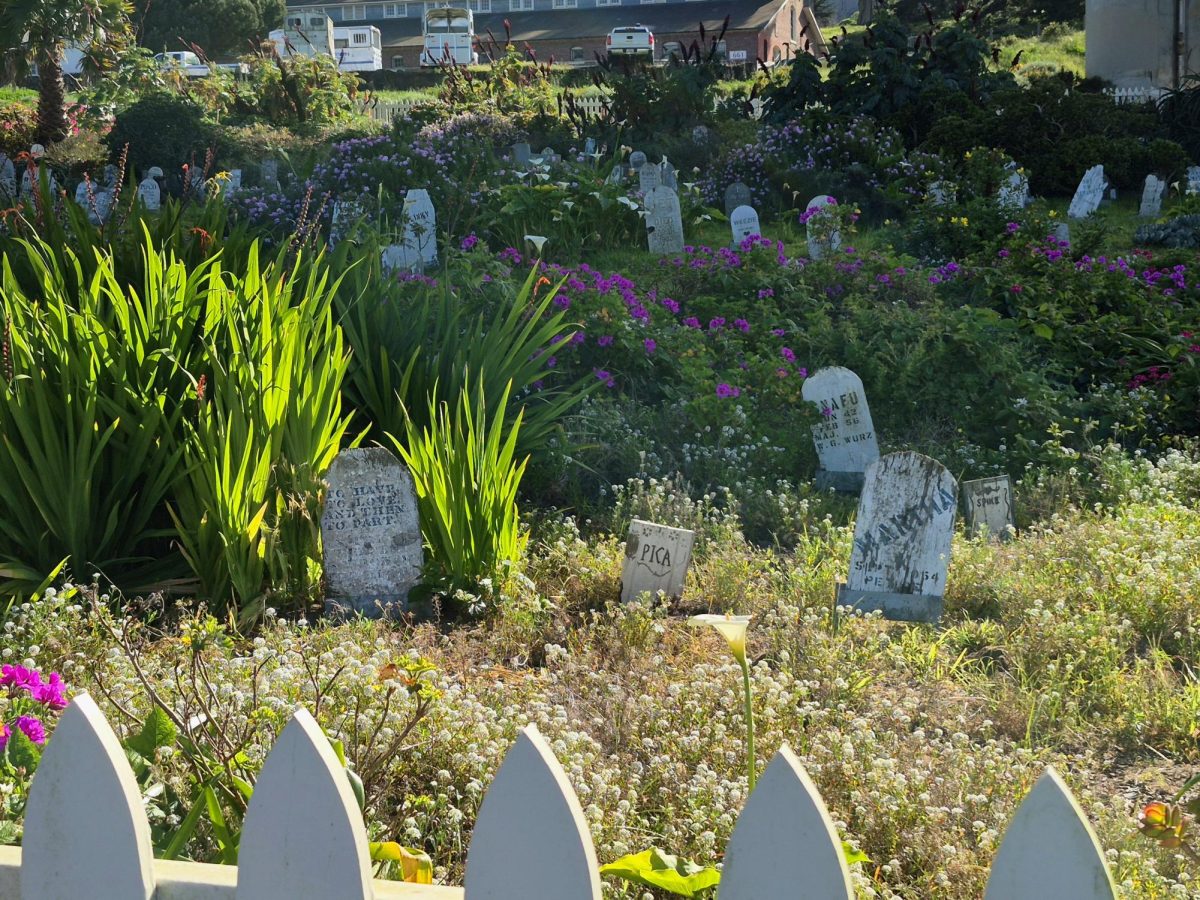
In 2003, after nearly ten years broadcasting on 93.7 FM out of the basement of a residential building in the Castro, SF Liberation had their studio raided and their broadcasting equipment confiscated by the Federal Communications Commission.
The studio was raided because SF Liberation was a pirate radio station—a station operating without the permission of the FCC.
At the time, the Board of Supervisors voted to support the station, stating that SF Liberation had “provided an invaluable public service to the City and County of San Francisco for the past ten years” by providing a place for people whose voices were often excluded from corporate media as well as providing access to a diverse group of residents, artists, community groups, and public officials, but alas; the FCC had spoken and SF Liberation went the way most things did in 2003 and began streaming online.
The radio you listen to in your car works like this: radio waves are spread through an antenna. These waves have different frequencies, and by turning that little dial in your car to a specific frequency, you will pick up a specific signal. Radio stations operate on megahertz frequencies, so when you hear an announcer say, “You’re listening to 96.5 KOIT,” what they are really saying is “You are listening to an FM radio signal at a frequency of 96.5 ‘millions of cycles per second,’ with call letters assigned to them by the Federal Communications Commission after they pay a fee that can range anywhere from $3,500 to $5,000.”
The FCC controls every form of telecommunication in the United States, including radio. They determine what megahertz frequencies stations operate at, the channel number they receive, and monitor stations for any “indecent” content. The FCC is also responsible for issuing hefty fines if any of the rules concerning broadcasting are broken.
Since SF Liberation was forced online, many stations in San Francisco have gone digital as well. Some had their FM frequencies abruptly taken away through bureaucratic measures, some were born and have only existed online by choice, and since the FCC is not currently accepting any applications for new FM radio stations, some have no other choice but to stream online. But no matter how they ended up on the Internet, these stations are part of a growing group of community radio stations giving San Francisco residents access to a platform from which their voice (or their favorite bands) can be heard.
A few blocks past Mission Street, down the glorified open-ended alley that is Capp Street, and in-between sleeping homeless people and their wares, is an unassuming beige building with a sturdy looking gate in front of the door. You would never guess, but behind that gate and up a flight of stairs is an adult clubhouse of sorts called the Secret Alley. The Secret Alley is home to the offices of filmmakers, artists, a guy who does drone photography, and a semi-recent inductee into San Francisco’s community radio scene, Bff.fm.
Launched in September of 2013, Bff.fm is the brainchild of thirty-eight-year-old Amanda Guest, aka Cosmic Amanda. For a station that is not even two years old, Bff is doing relatively well. They have won “SF’s Best New Radio Station” from The Bold Italic, “Best New Internet Radio Station” from SF Weekly, and been voted “Best Radio Station” in San Francisco in SF Weekly’s annual Reader’s Poll.
“One really cool thing about the station is we have people just on all different points in the spectrum as far as their involvement in music and their involvement in radio. We have people like [DJ] Sequoia, who has never done anything in radio before but he’s just really, really into radio,” says Guest.
DJs pay a membership fee of $50 a month to contribute toward rent and streaming costs, and Bff.fm also relies on monthly donations from members of the community to keep everything going.
Guest moved to San Francisco two years ago for a change of scenery after growing tired of her life in suburban Massachusetts. In between her job doing online marketing and social media for a publishing company on the East Coast, Guest had a brief stint at Mutiny Radio, also located in the Mission. After her time there she decided to realize a longtime dream of hers and start her own station.
“Obviously there’s a lot of tension in the city now and things are changing and not everyone’s happy about it, so then it kind of became like a challenge, like can you start something new that’s creative and that isn’t fueled by a ton of money and that’s like real? So now I want to do it even more,” says Guest.

Bff.fm broadcasts more thanto over sixty weekly shows, some of which have a single host, and some that operate with teams of up to four people, says Guest. Most of the shows play music and music only, but there are a few talk shows on air. There are also shows that are off-shoots of San Francisco publications like the Examiner, SF Weekly, Mission Local, and the now-defunct SF Bay Guardian, whose show’s future remains unclear.
One host, Steve Foxx, ended up at Bff.fm after a lengthy hiatus from terrestrial radio.
While Foxx attempted to break back into the terrestrial radio market, he came to the realization that Internet radio was becoming a “thing.” Despite being in talks with a couple terrestrial stations, Foxx decided to try his hand at Internet radio.
“Like, I left radio in ’97 and I couldn’t…there was no way for me to just go about finding a spot. No one would hire me for like one shift a week and I’d have to be playing what other people wanted. And then I Googled San Francisco internet radio and Bff came up,” says Foxx. He has been at Bff.fm ever since.
Foxx hosts a show that airs on Sundays from 10 p.m. to midnight, appropriately titled the Midnight Prowl. He prefers this spot because it does not interfere with his weekday activities, which include teaching at the Academy of Art and running his film production company. On his show you will hear everything from Radiohead, to Rocky Erickson and Dillinger Escape Plan, all part of Foxx thoughtful approach to crafting the music that comprises the “eclectic stew” that is the Midnight Prowl.
“I think someday it would be really cool to get an actual terrestrial signal and do more traditional radio,” says Guest. “But we’re finding that we’re finding and growing an audience online and it’s been really interesting that we’ve been able to do that. And I feel like because we are online we don’t have to abide by any FCC laws or things like that so it gives us a lot more freedom to be creative and to let everyone just kind of do their own thing. Sometimes you get so excited about a song you drop an F-bomb, and that’s okay.”




